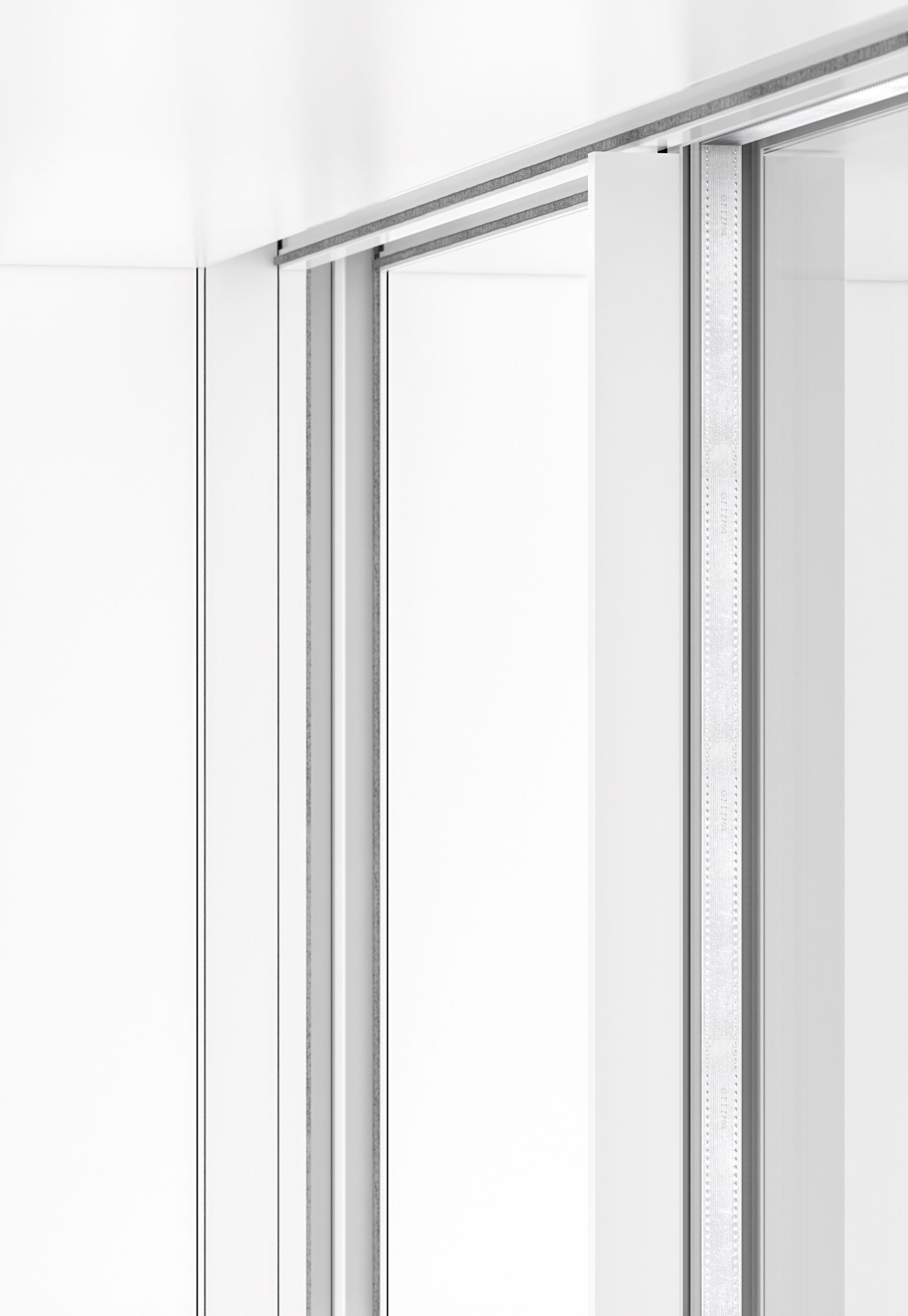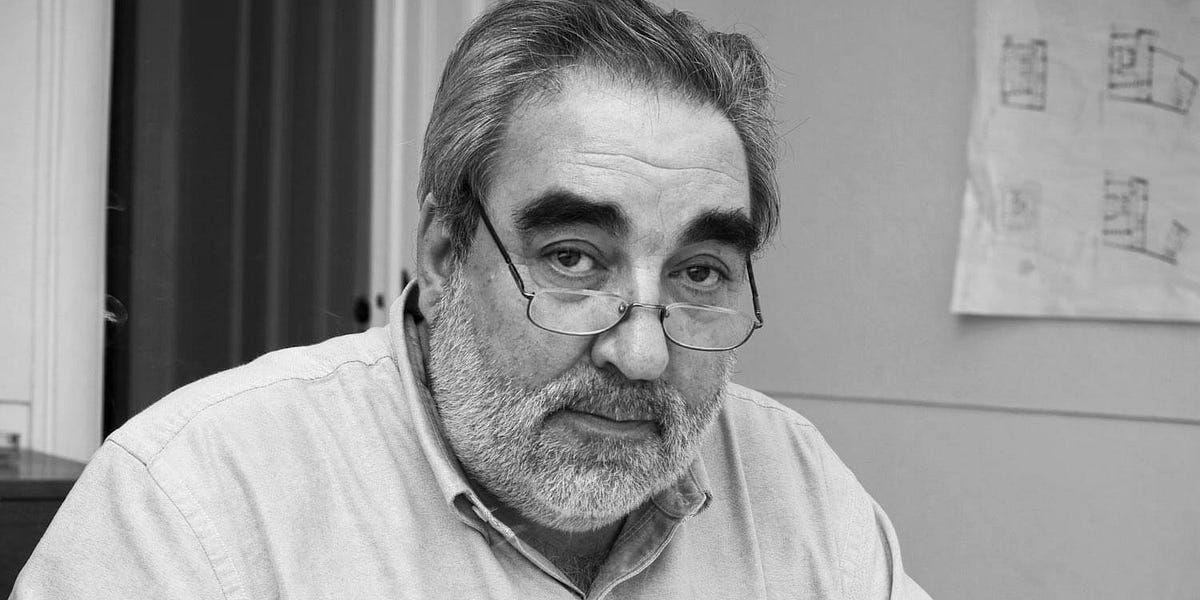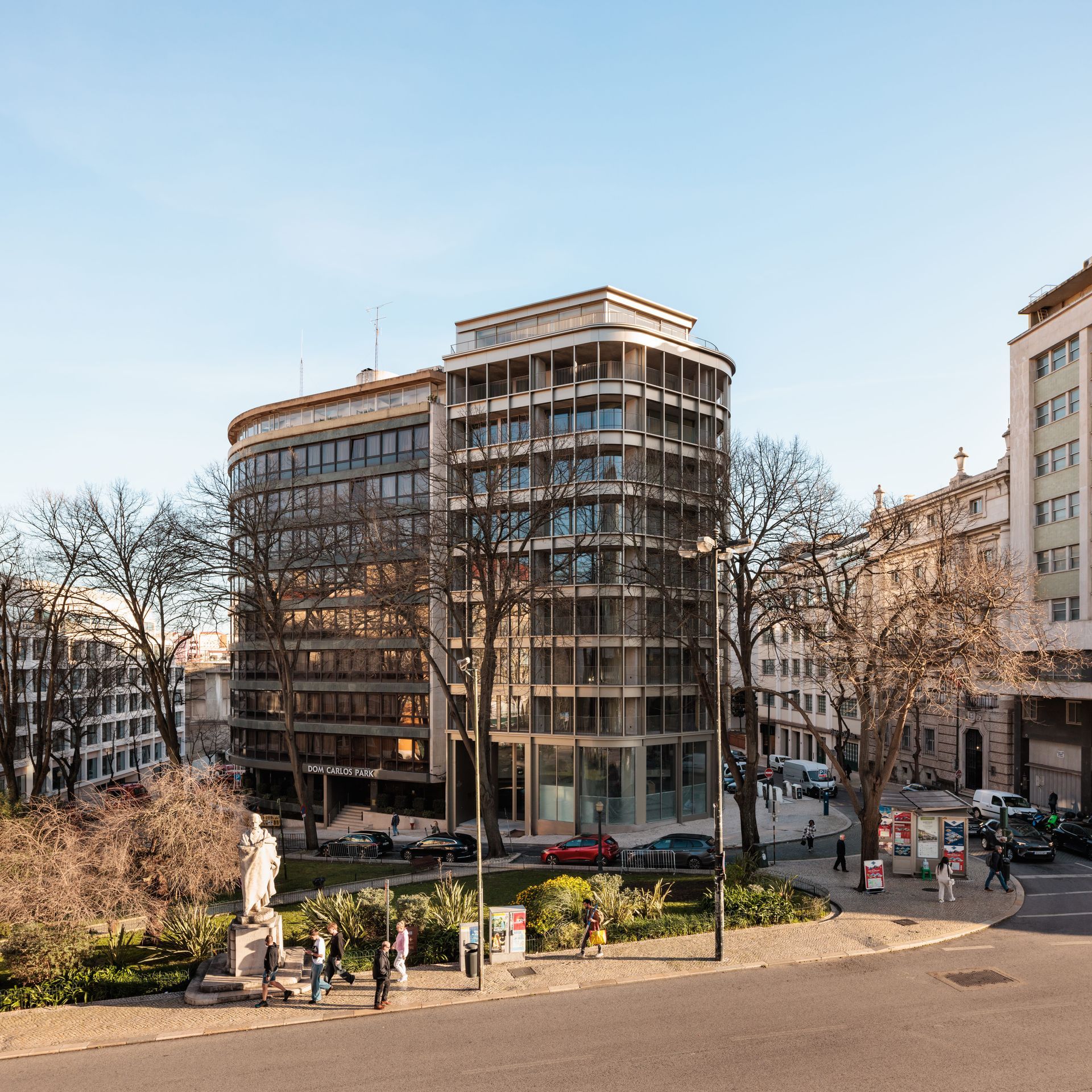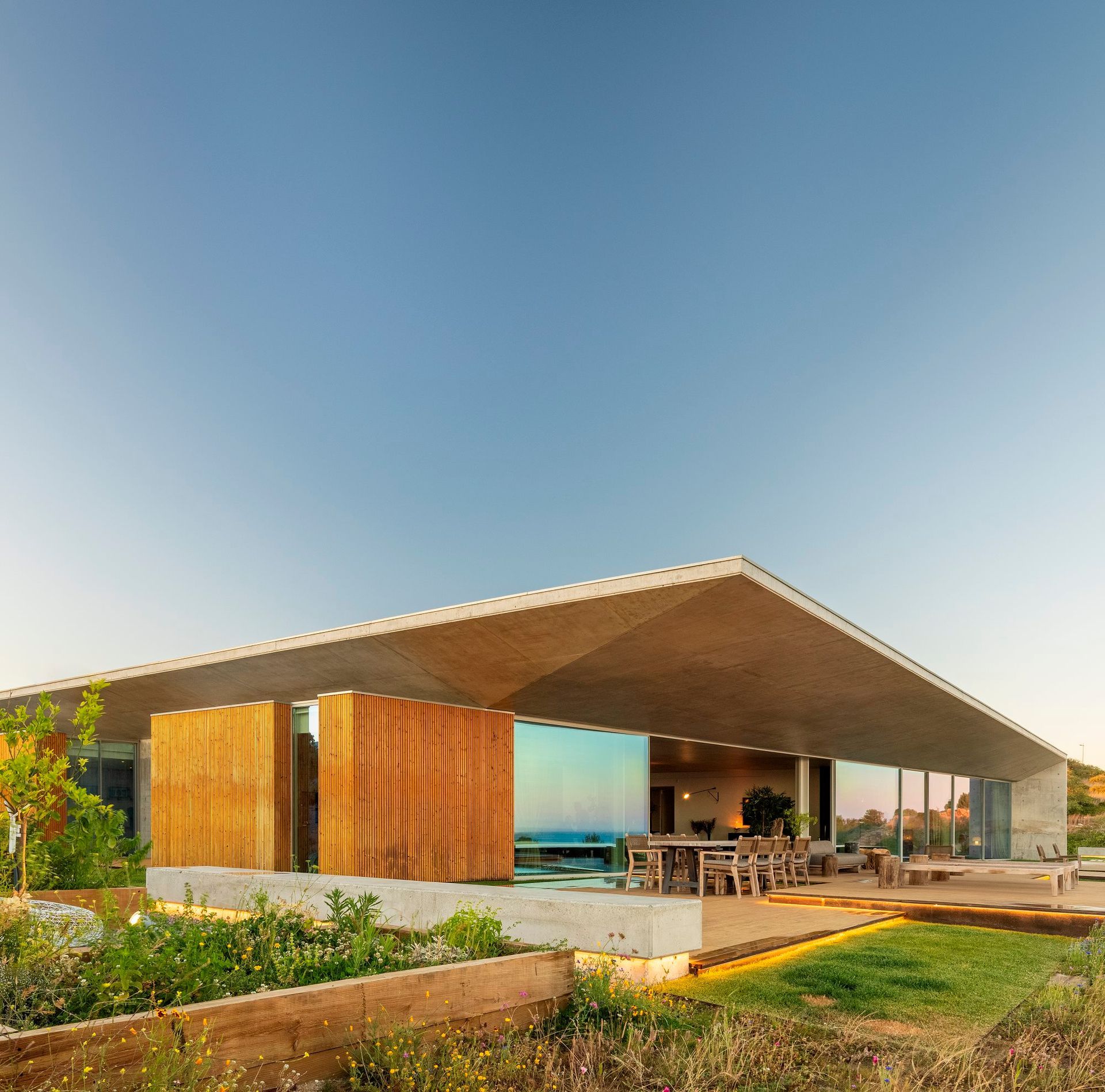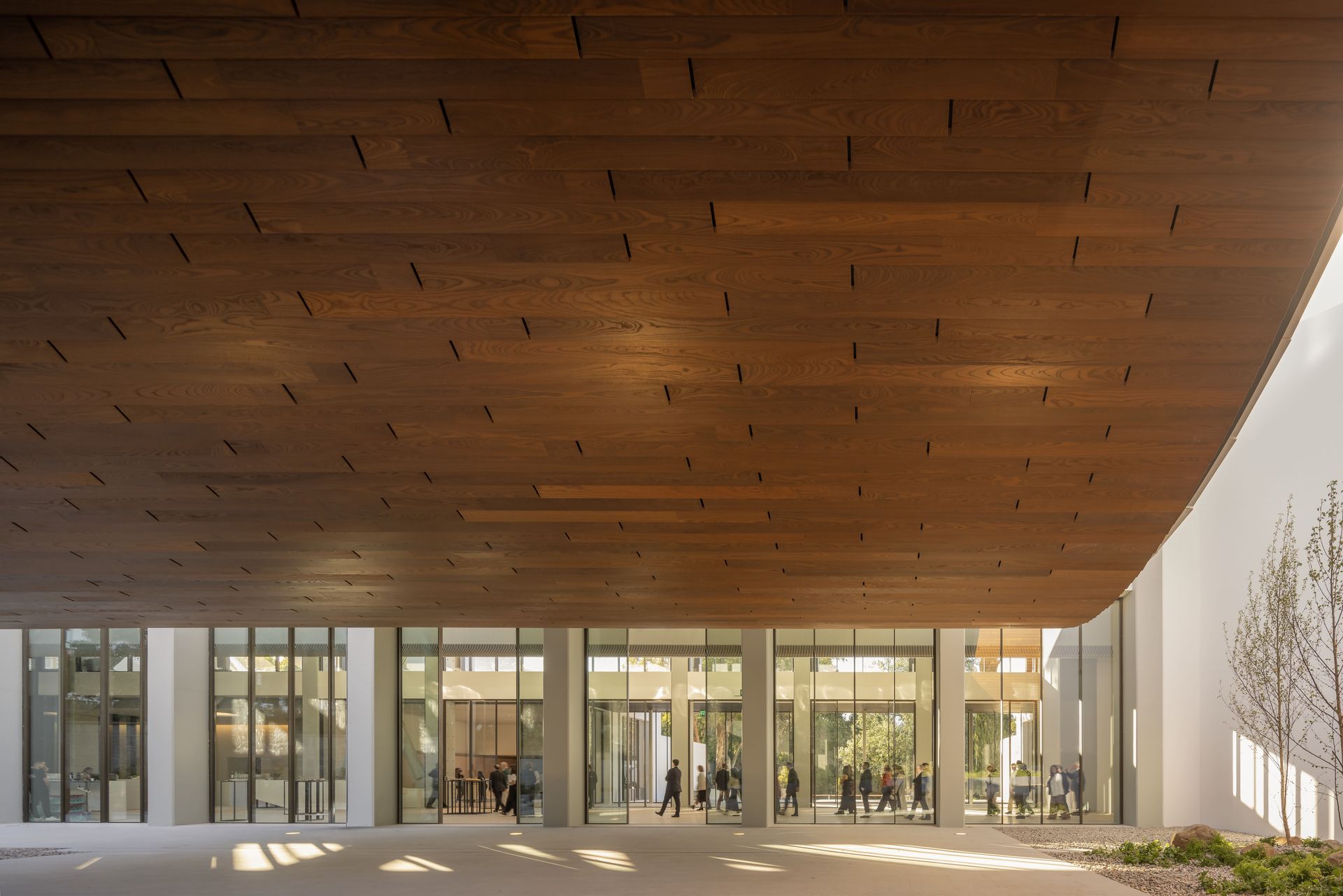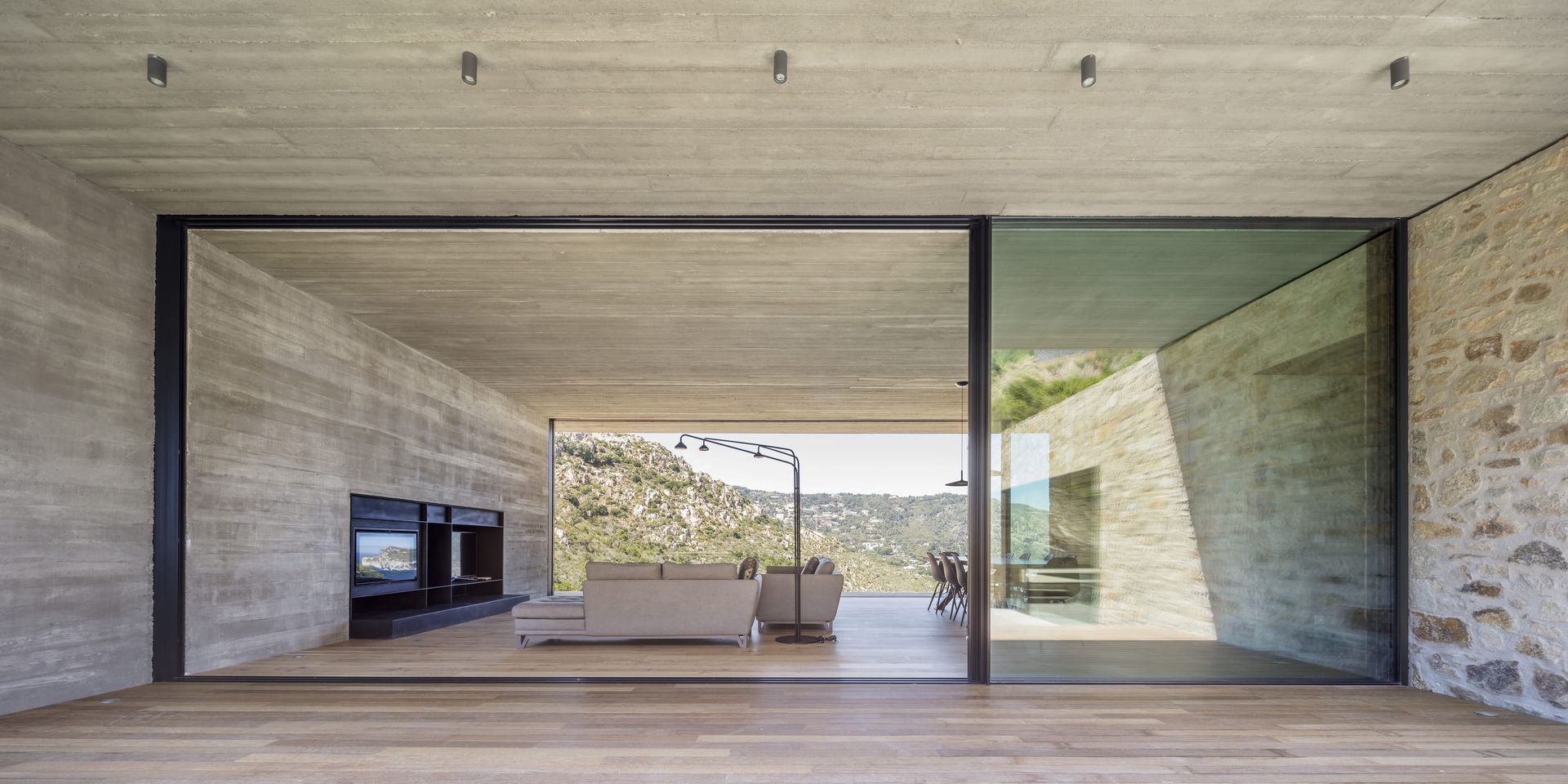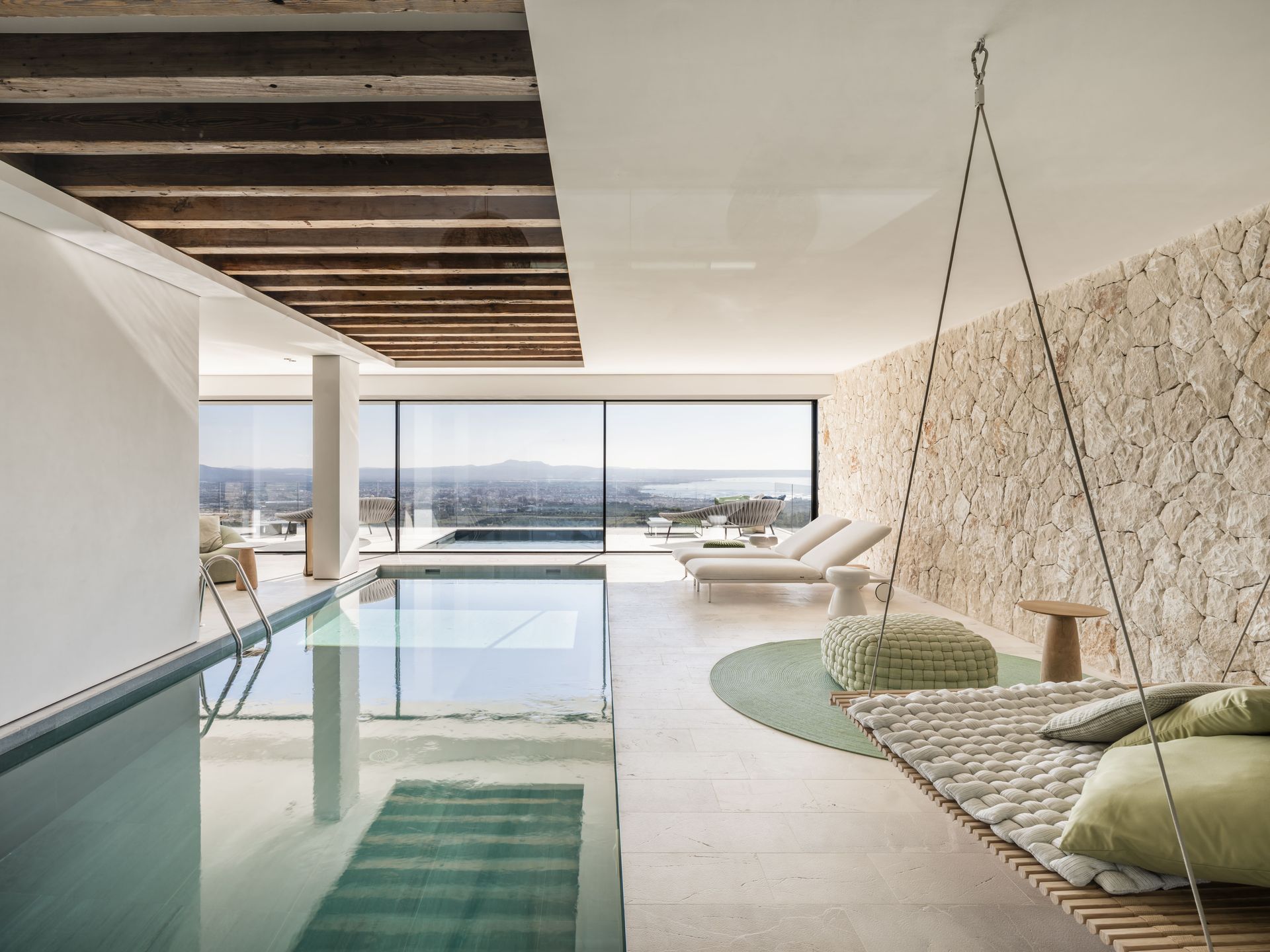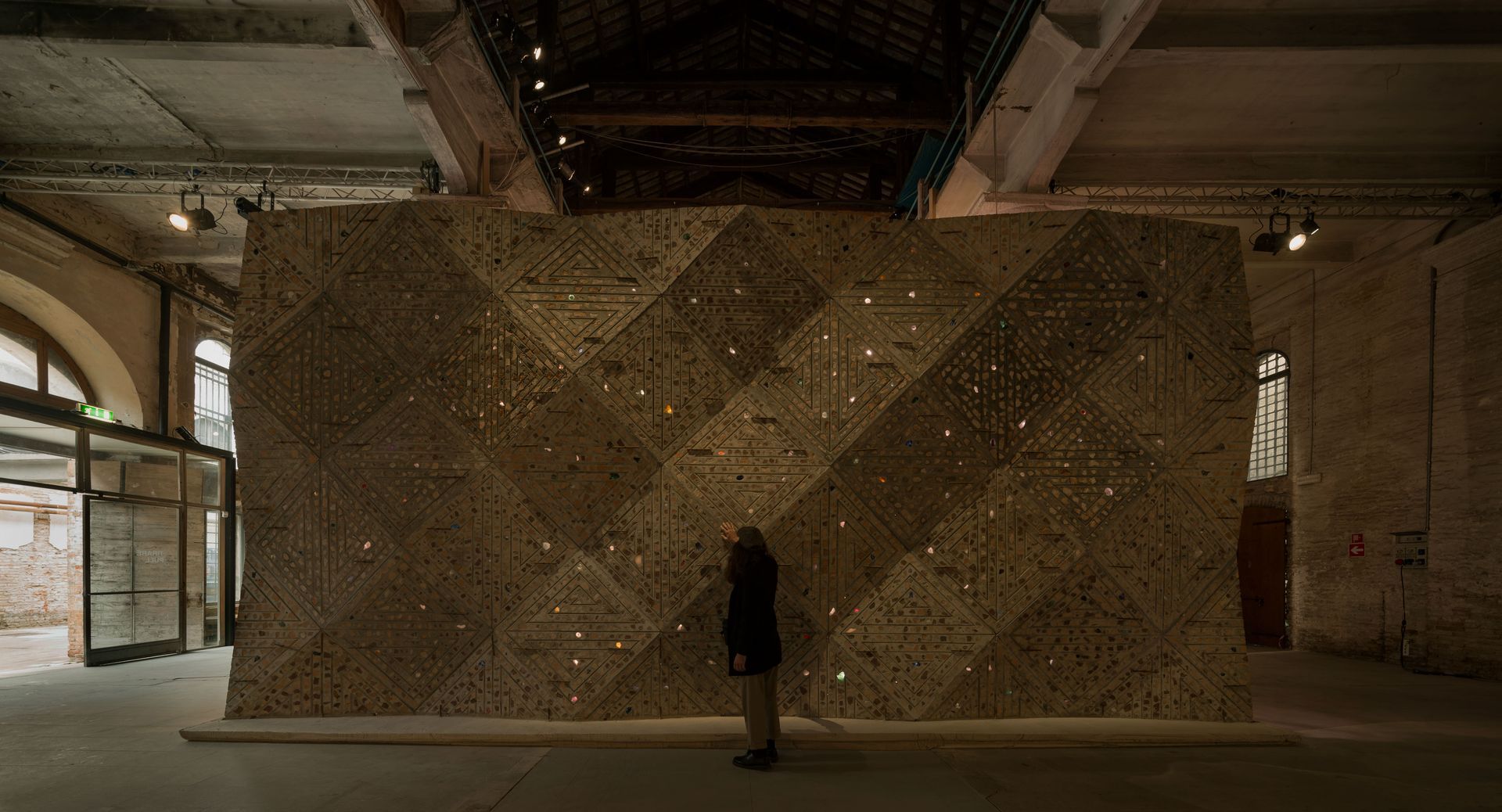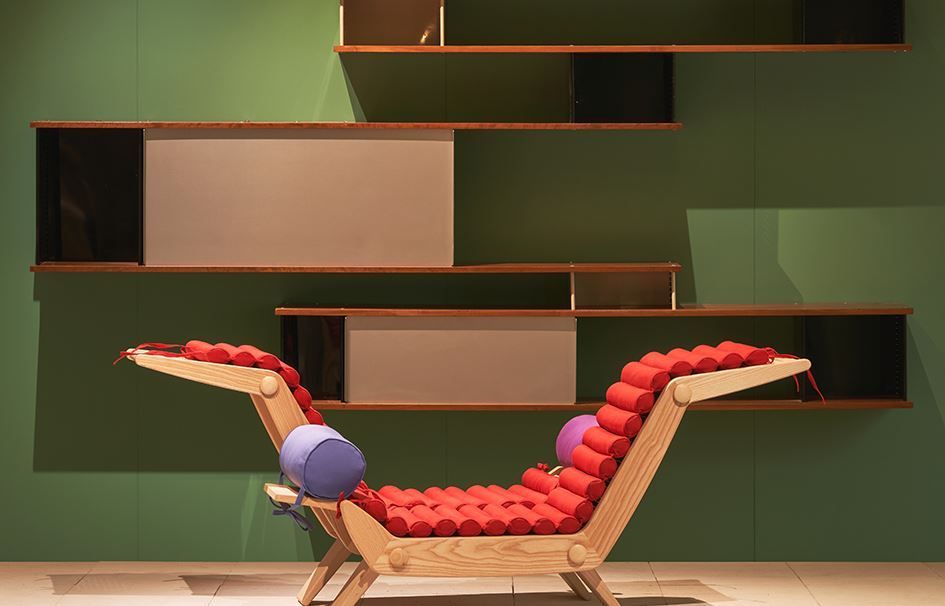Celebrating French Design Icons at Paris Design Week
Each year, Paris Design Week is an explosion of new ideas in design across the city. From September 5th to 14th, 2024, the French capital will transform into a design innovation hub, displaying the newest ideas and encouraging discussions about the field's future.
Today, we take a look at the work of some French design legends whose careers have helped shape our industry and continue to inspire.
Jean Prouvé (1901-1984)
This architect and designer is best known for his industrial yet elegant furniture designs and for bringing steel (and other industrial materials) to the forefront of residential and commercial spaces. His Standard Chair and EM Table have become increasingly popular.

Demountable House with an Easy Armchair by Pierre Jeanneret. Image Courtesy of Forward
See also- An Ode to Women in Architectural Photography
Charlotte Perriand (1903-1999)
She worked with Le Corbusier and Pierre Jeanneret and envisioned many future living spaces around the world, such as in Chandigarh, India. Her minimalist and functional designs have had a lasting influence on contemporary interior design.
Double chaise longue, 1952 Charlotte Perriand (Cassina) with two Akari (light) pendant lamps, c.1958, Isamu Noguchi and Nuage (Cloud) bookshelf, Steph Simon edition, c.1958, Charlotte Perriand (Galerie Laffanour Downtown, Paris)
Philippe Starck (1949)
Easily the most mainstream name on this list, he is no stranger to flights of fancy with his peculiar design sensibility. From the unforgettable Juicy Salif lemon squeezer to countless hotels and products, Starck also designs a vibe.
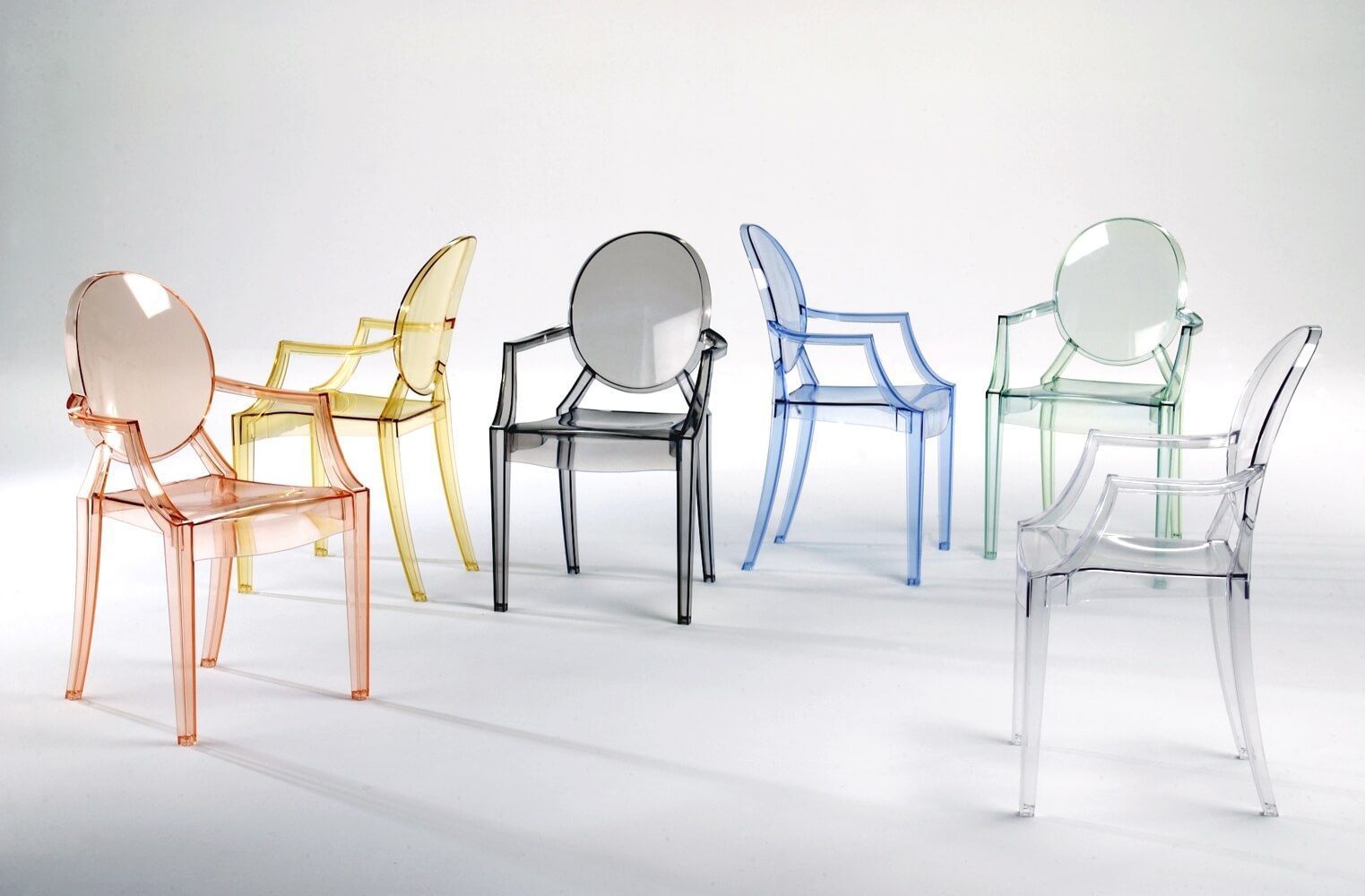
La Sedia Louis Ghost, 2002
Ron Arad (1951)
Born in Israel but spending much of his career in Paris, Arad is considered one of the key figures in contemporary French design. Deconstructive and sculptural, his furniture has transcended traditional design.
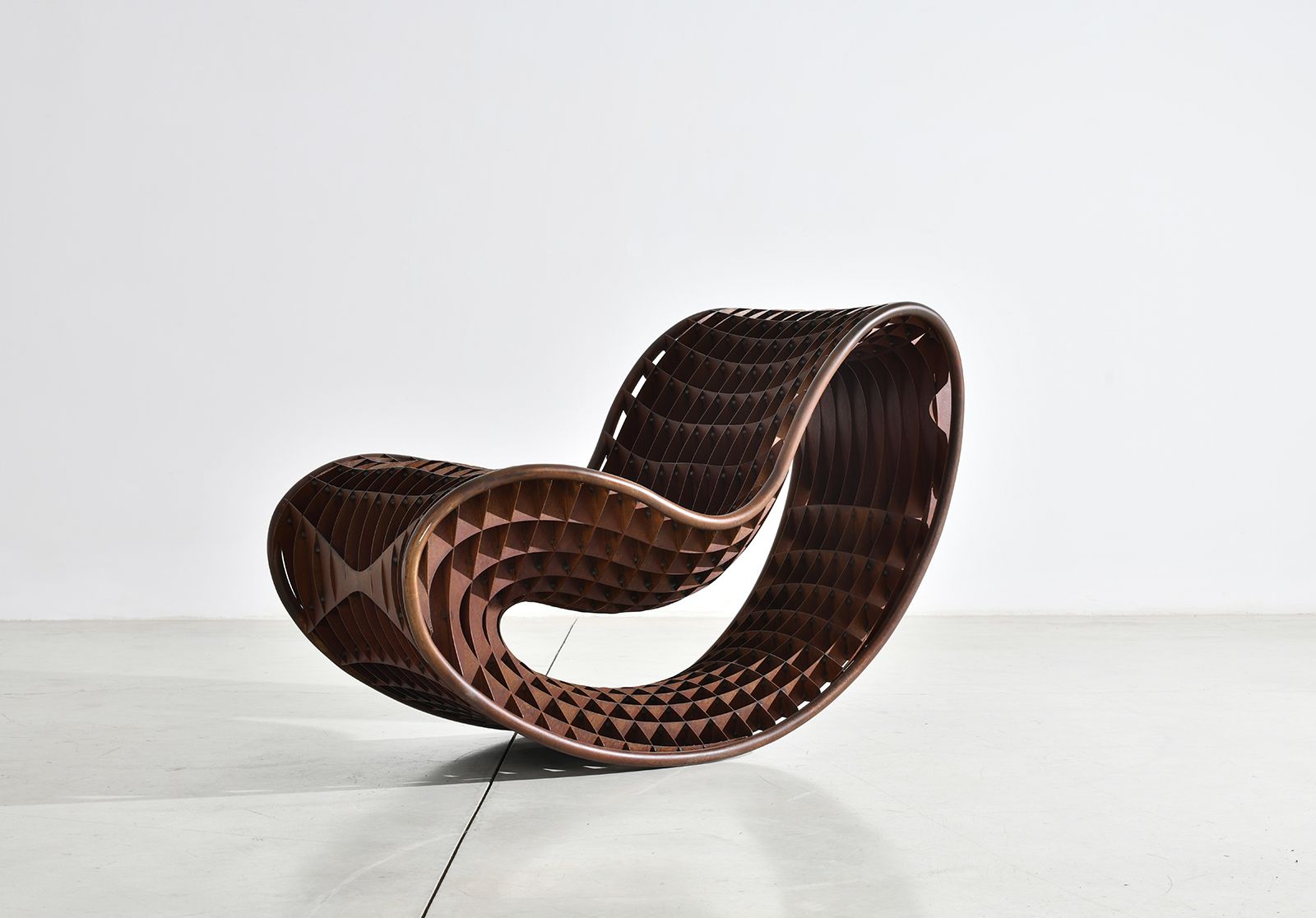
BTT5 by Ron Arad
Pierre Paulin (1927-2009)
Known for his vibrant and colorful furniture designs, Paulin injected both playfulness and positivity into the midst of 20th century modern decor. He is best known for his iconic works such as the Ribbon Chair and the Fuma Chair.
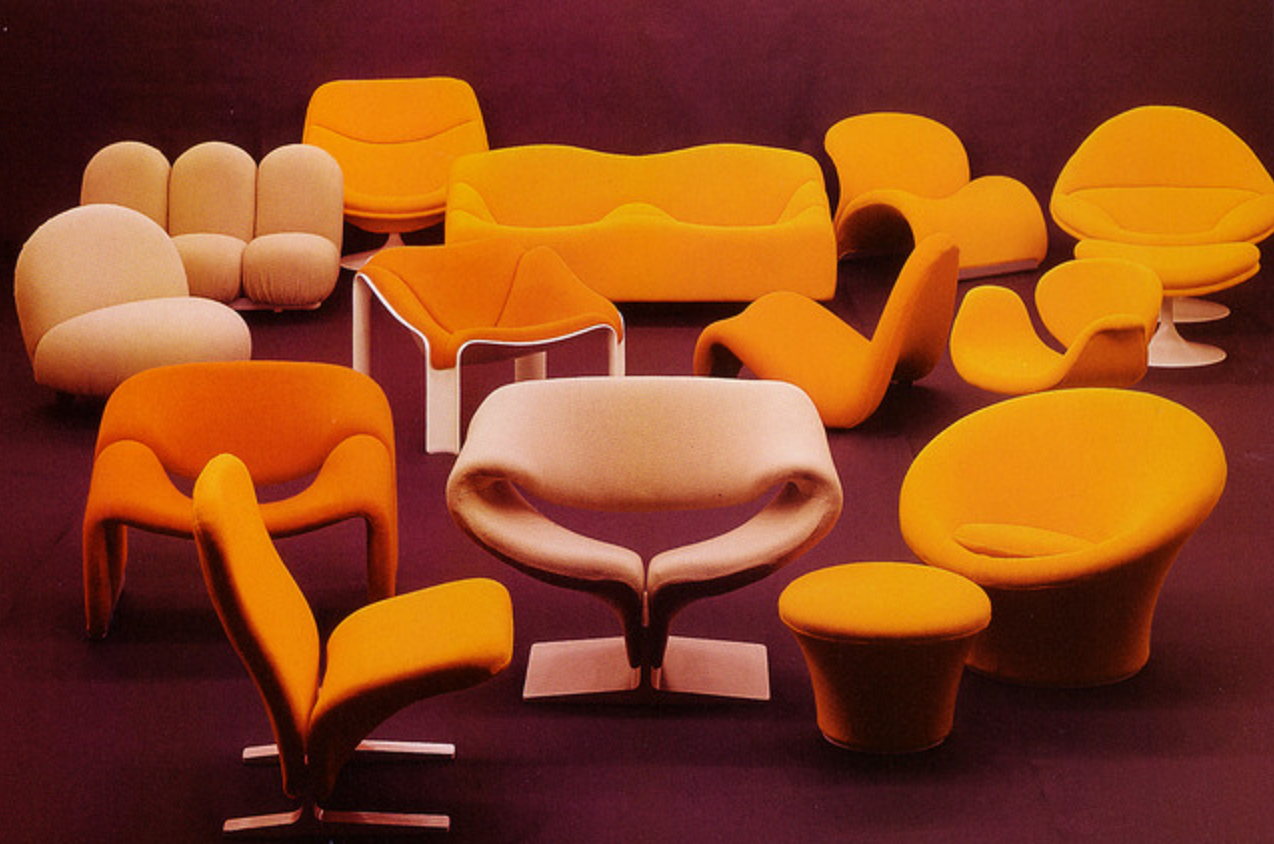
Promotional Image for Artifort showing several designed by Pierre Paulin. Photo: Paulin Archives
Mathieu Lehanneur
Contemporary French designer known for his innovative and often unexpected works that span connections (or separations) between art, science, and technology. His designs, which include furniture, lighting, and even interactive installations, are as much about form (they have to work) as they are about function.
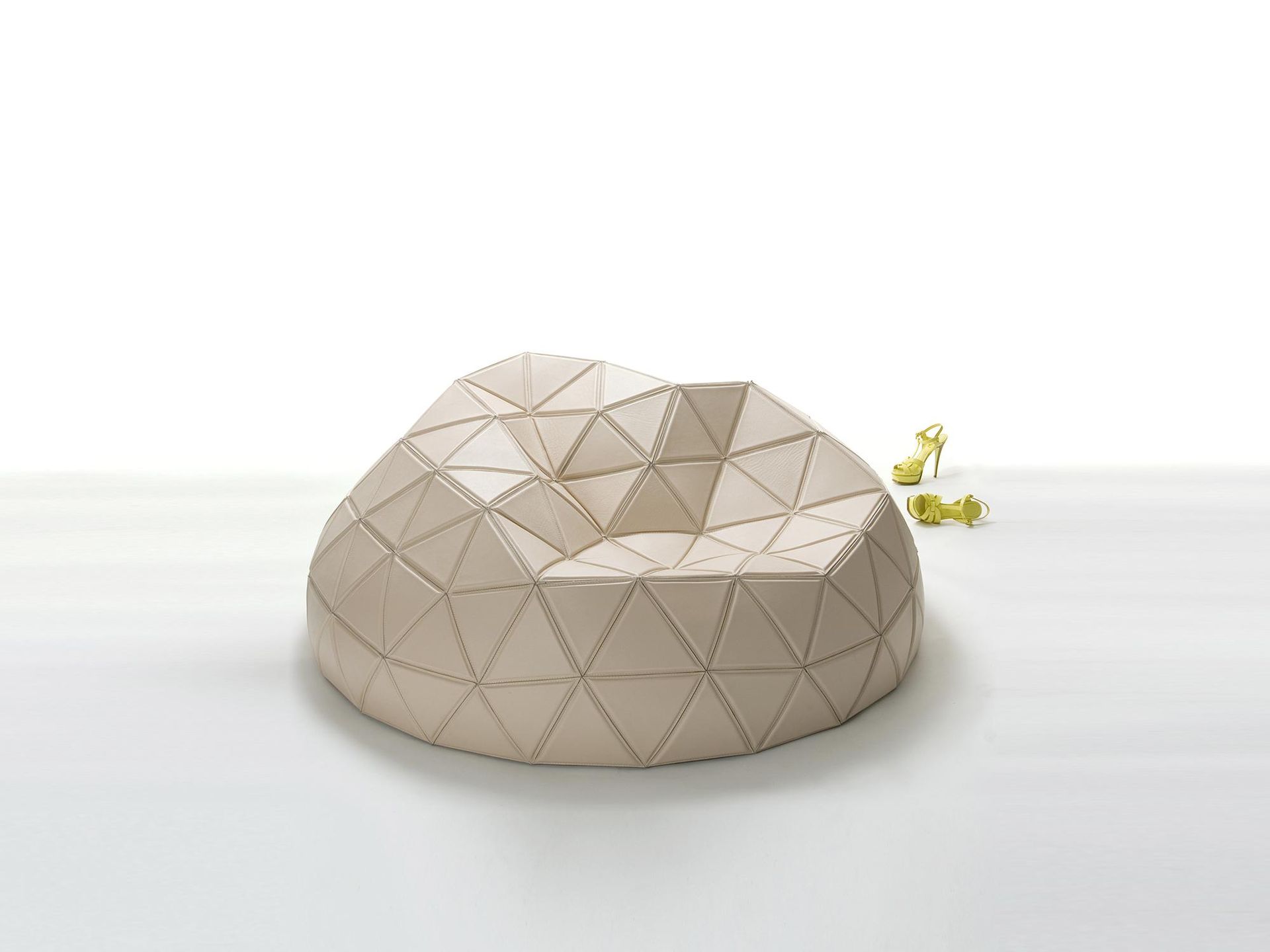
Bucky's Seat by Mathieu Lehanneur
Why Paris?
From fashion to home decor, this rich history has led Paris to some interesting design moves that have helped pave the way for all of us today. This focus on craftsmanship, quality and appearance has made the city one of the most important design beacons in the world today.
Paris Design Week is a celebration of France's design heritage and a platform for emerging designers. By looking at the work of designers such as Prouvé, Perriand, Starck and Arad, we can gain a deeper appreciation of the legacy of French design.
